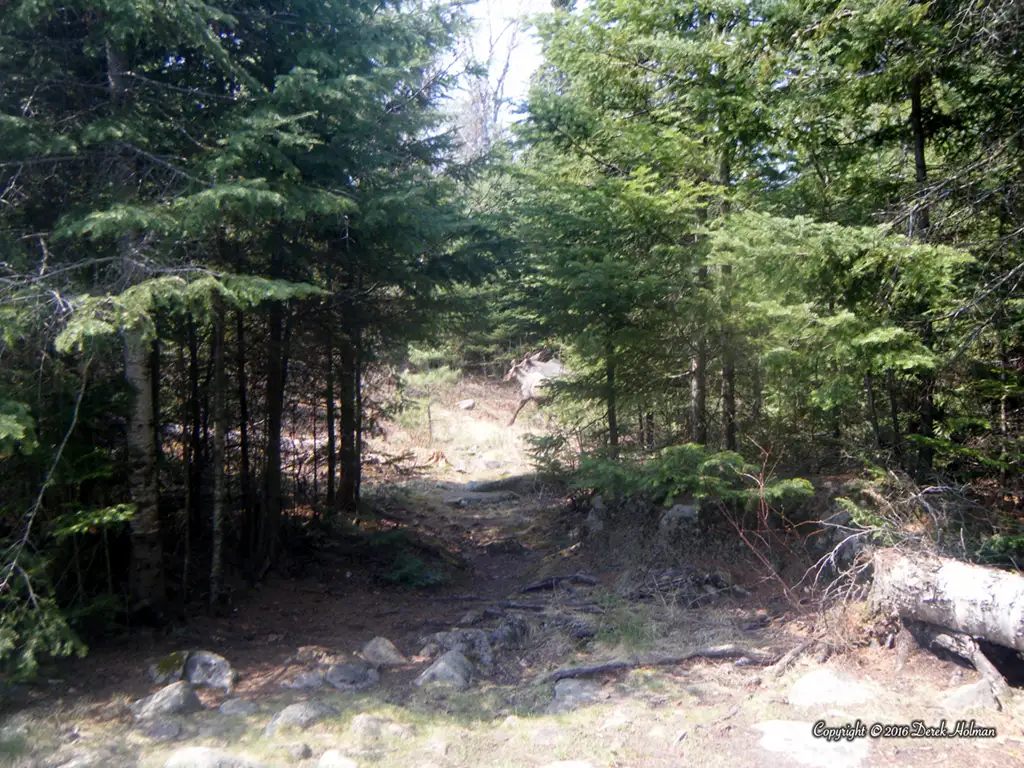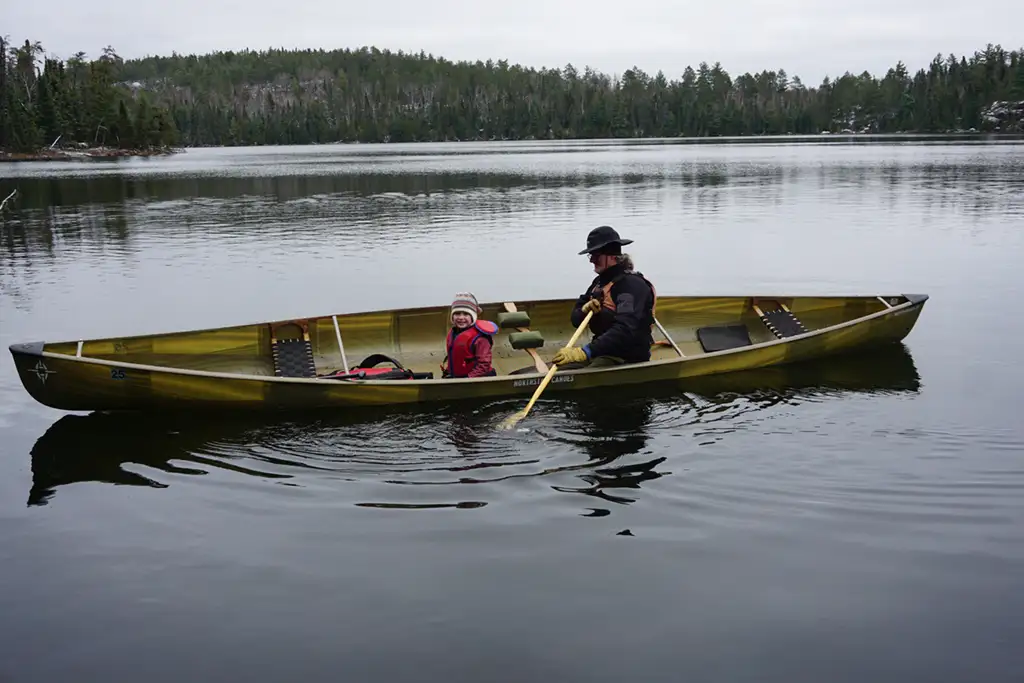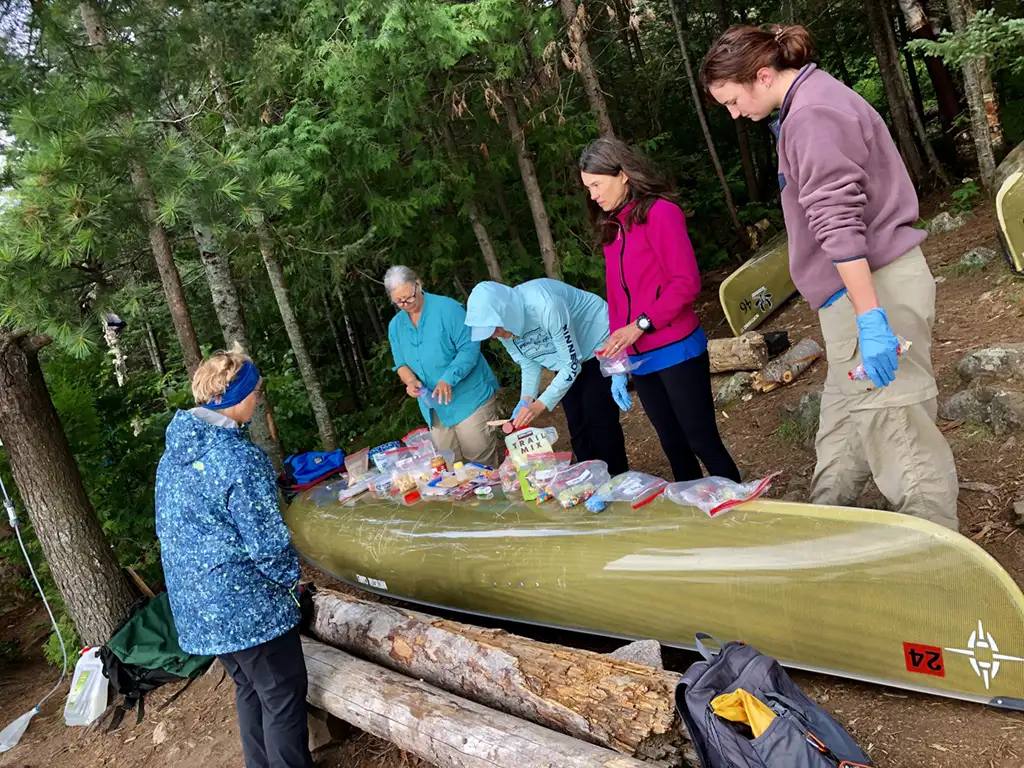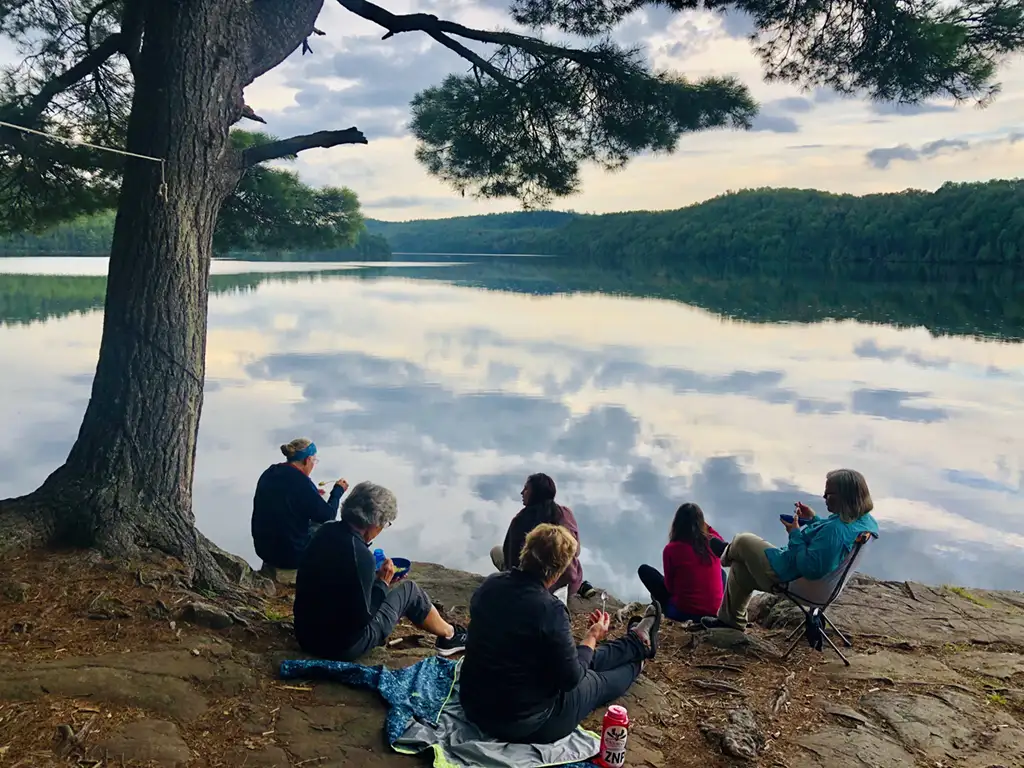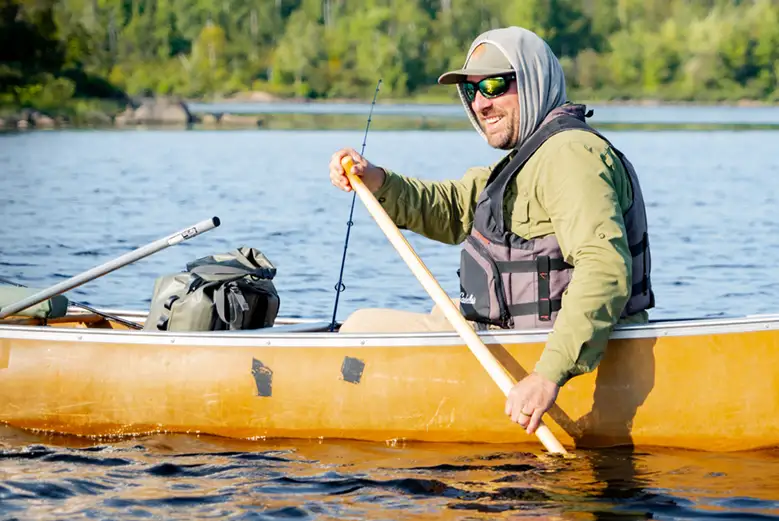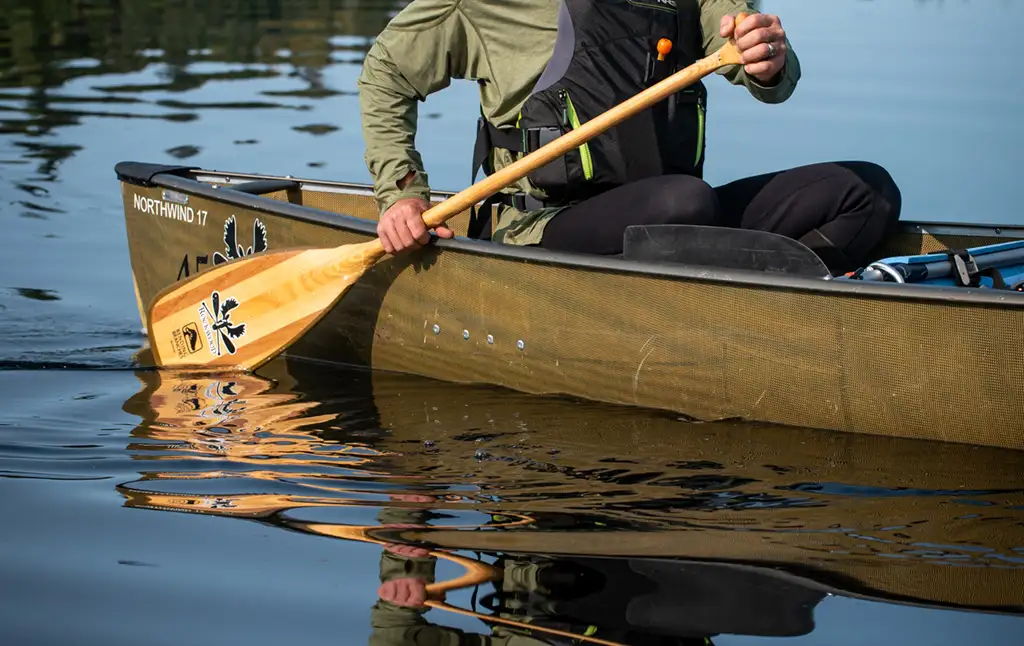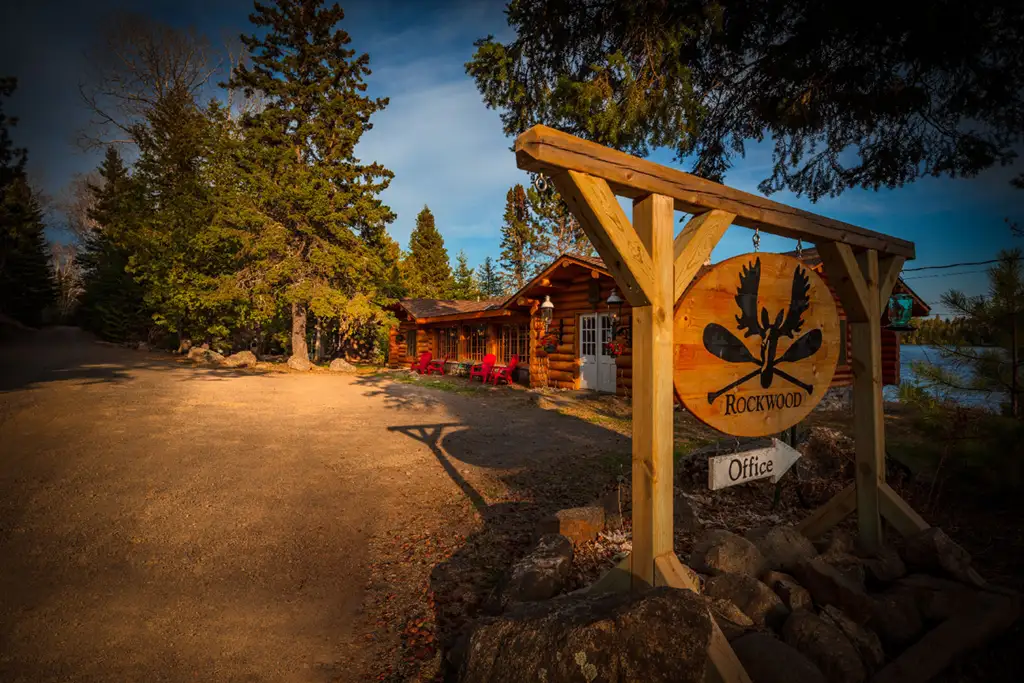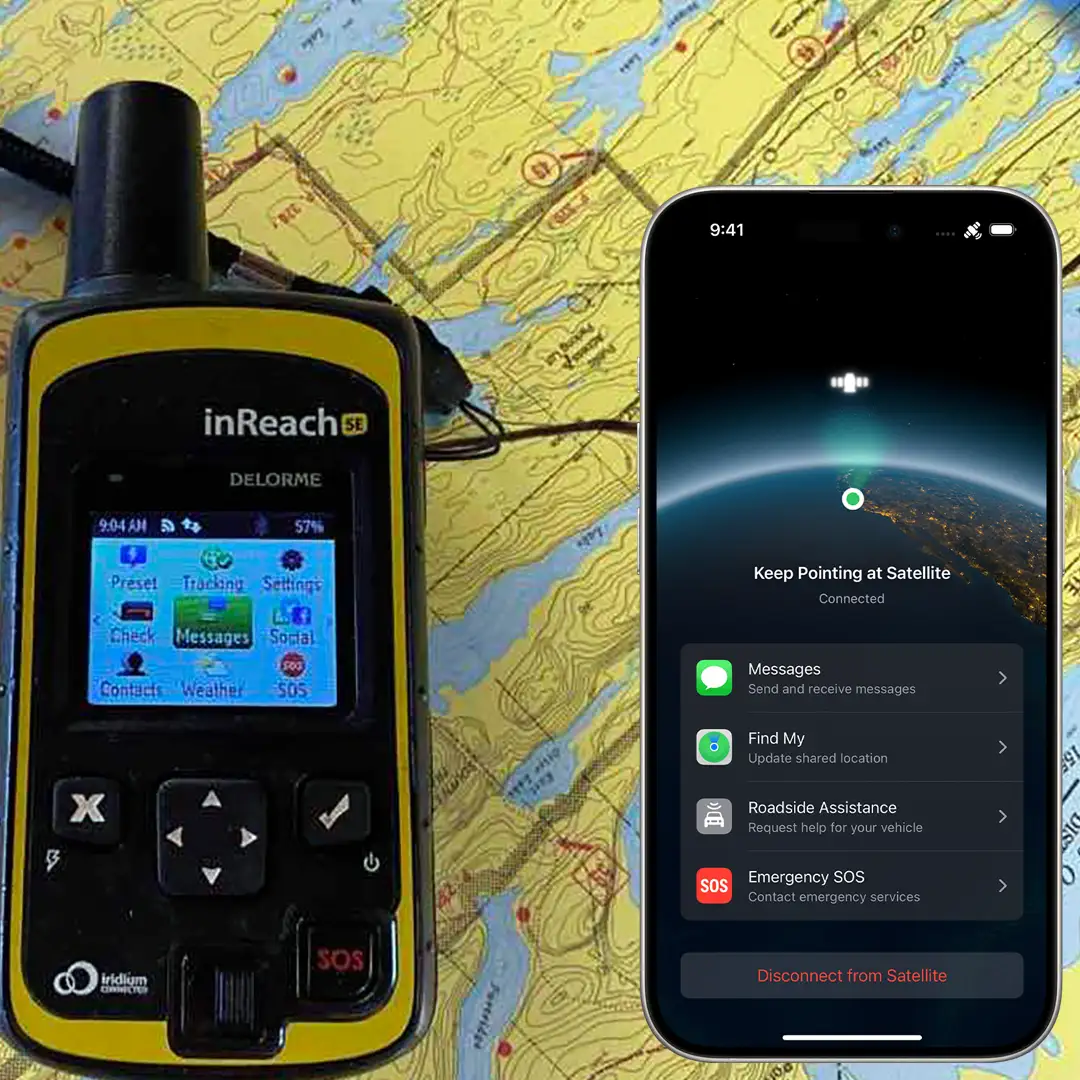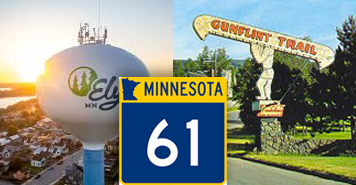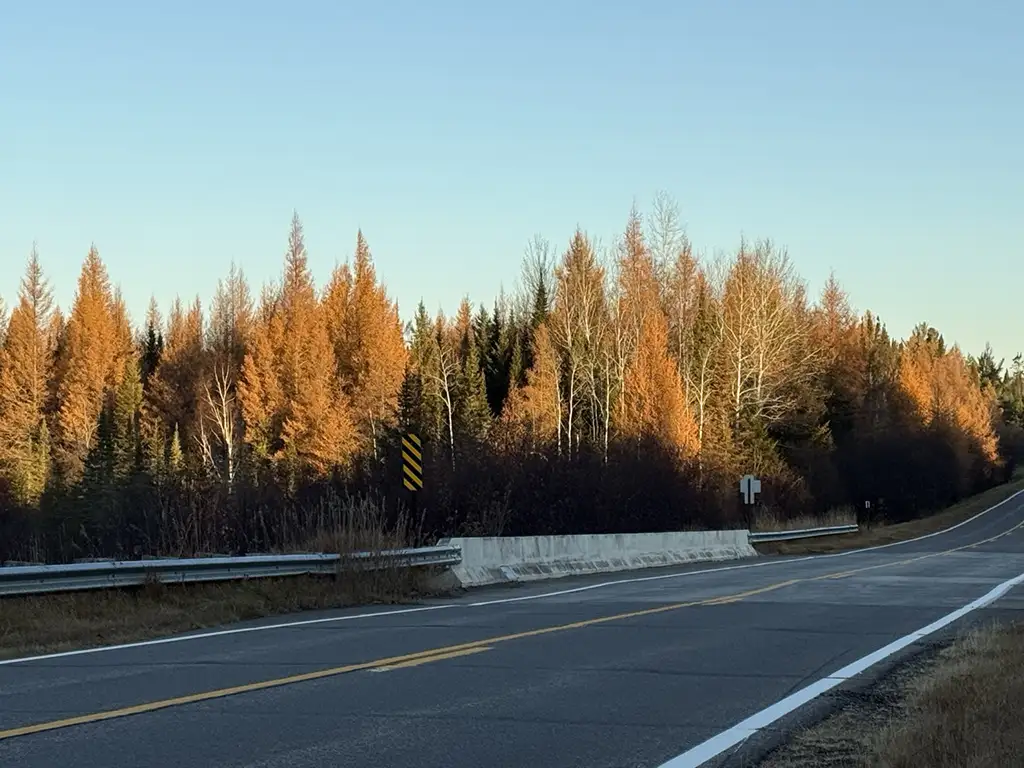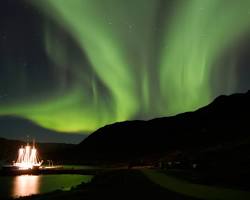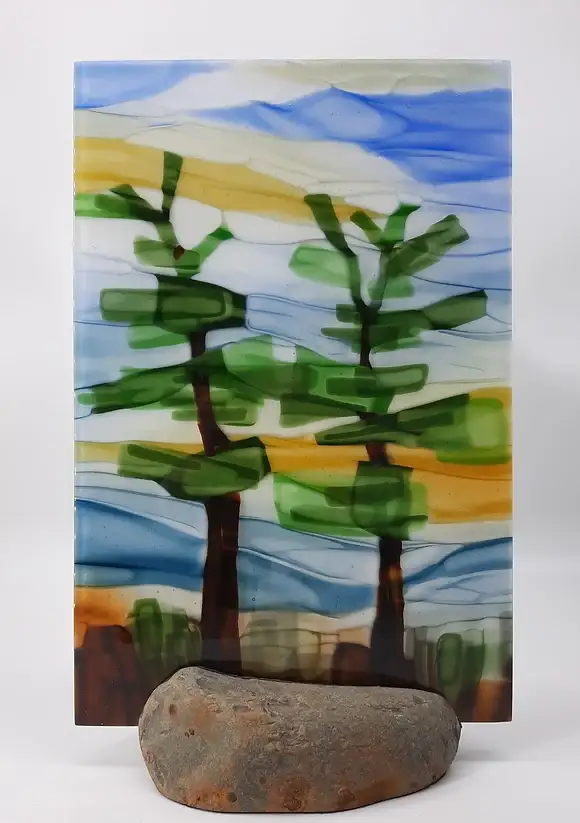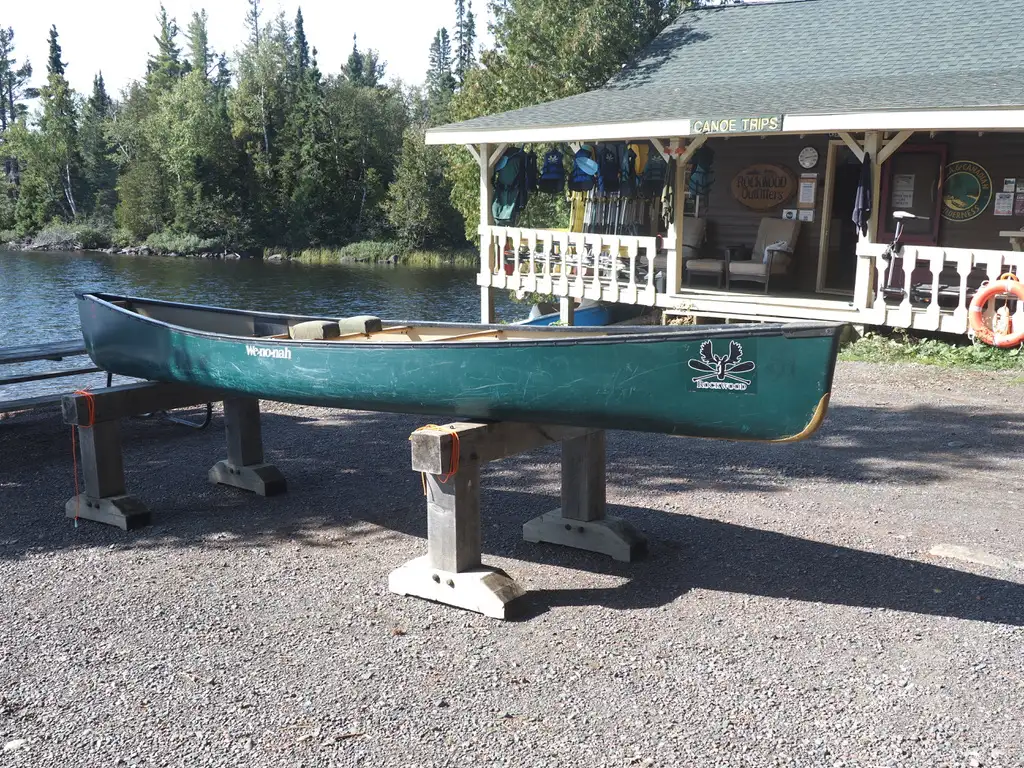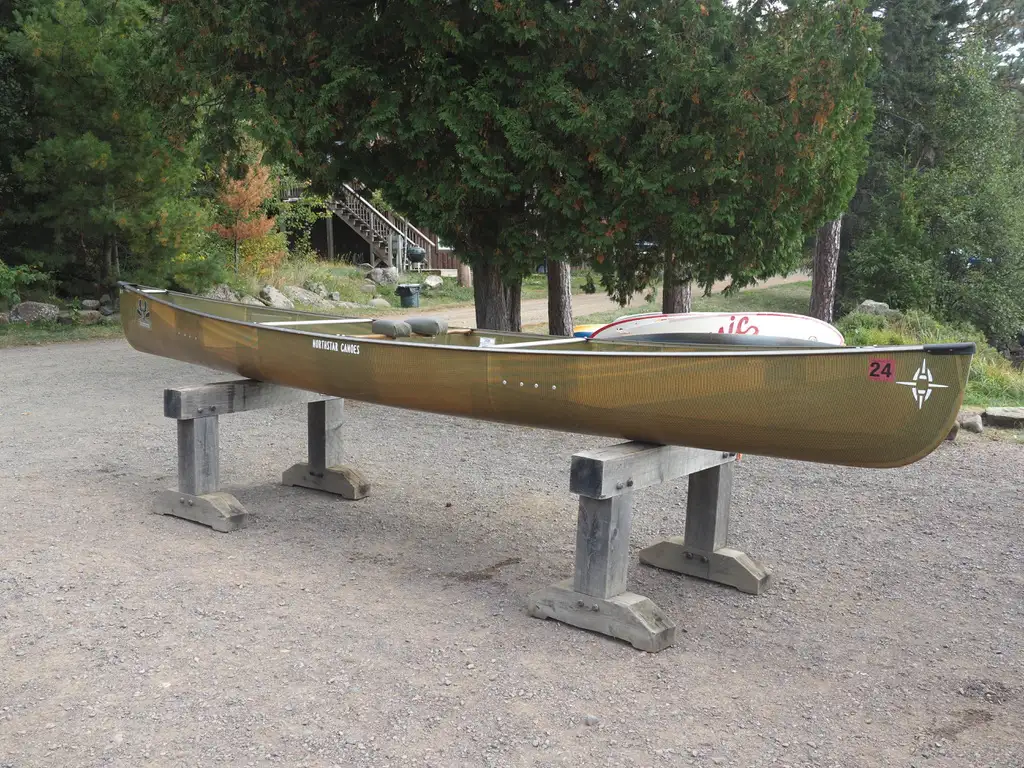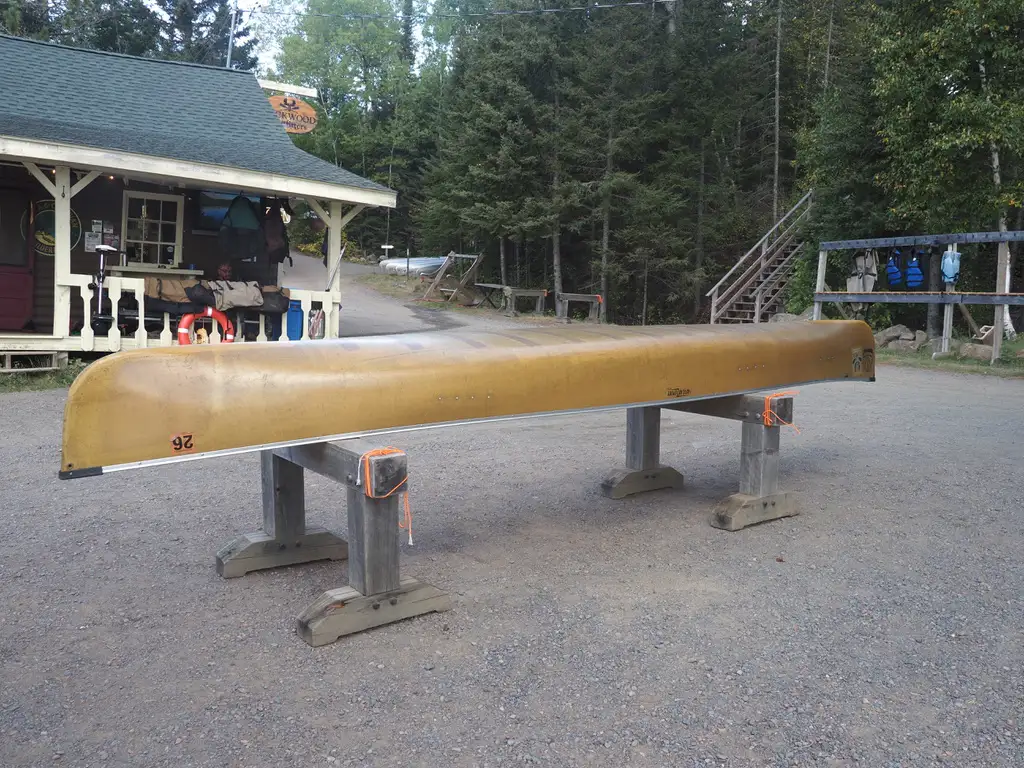Securing Safe Drinking Water: A Gunflint Trail Imperative
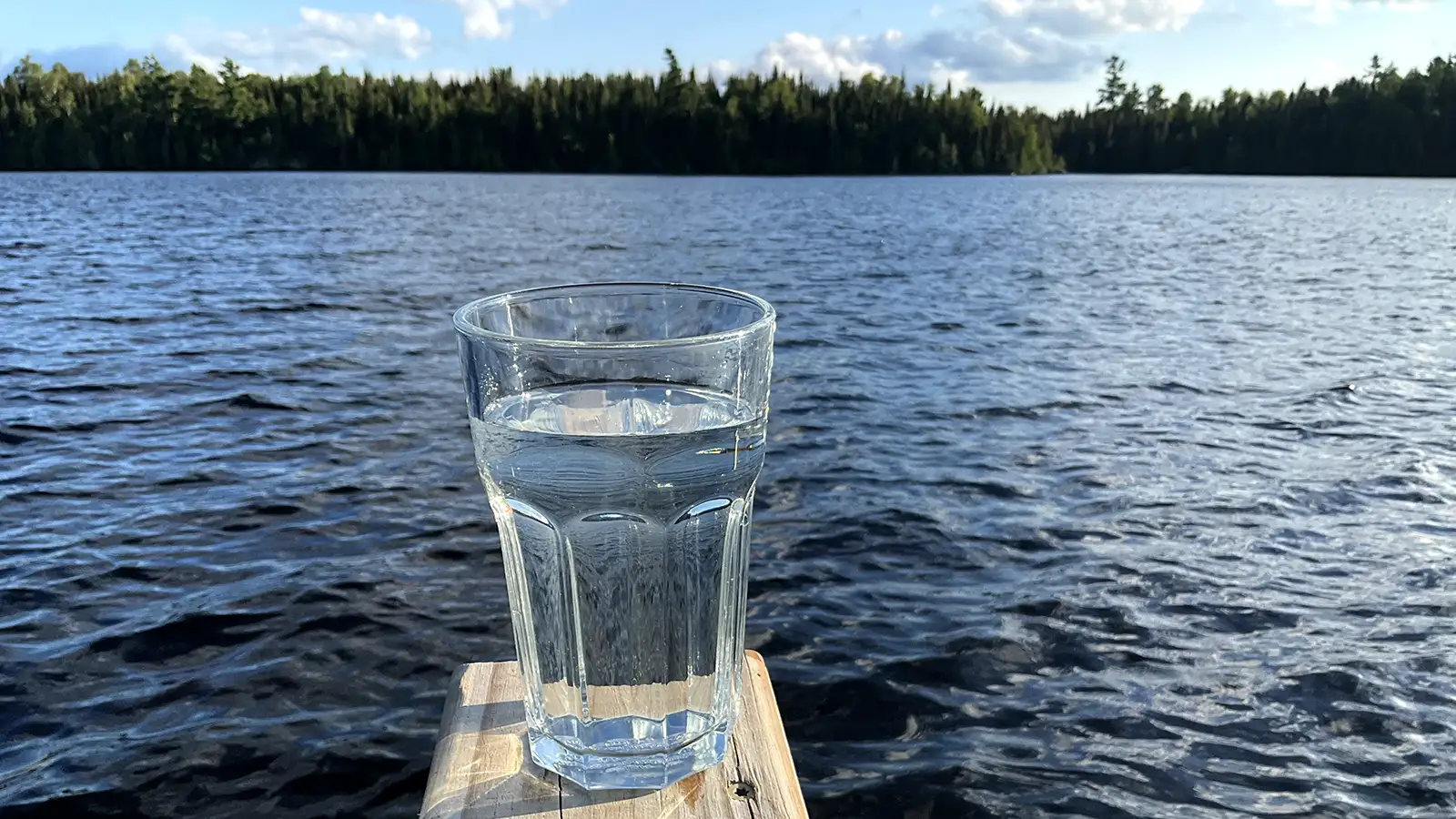
—
The Gunflint Trail area along the BWCAW has enchanting forests and pristine lakes. Water, in all its forms, is the lifeblood of our community. We paddle through it in the summer and snowshoe over it in winter. It sustains our economy, allowing us to reside in and explore the most extraordinary of natural landscapes.
Despite the abundant water in the Gunflint Trail area, ensuring safe drinking water for residents and visitors is a multifaceted challenge that requires careful consideration.
Carl Madsen, one of the owners at Rockwood Lodge, explains it well when he says, “Since there is no local municipality, we have no water towers and community wells. Each of us has to figure it out on our own.” There are many options property owners and visitors might use.
“The gold standard is a well that produces good quantity and quality, but that’s a big gamble,” Carl said. “If the well company drills and finds nothing, you still have to pay.”
A lake water system is a common solution for lake cabins, homeowners, and lakeside businesses.
Nathan Karp, Public Health Engineer | Drinking Water Protection for the Minnesota Department of Health (MDH), says, “Public water supplies, which serve an average of 25 or more people per day, are regulated under the federal Safe Drinking Water Act. EPA is the federal authority but cedes primacy and enforcement to state agencies (MDH here in MN).”
Since short-term vacation rentals, an increasing property presence on the Trail, do not serve 25 people per day, they are not considered Public Water Supplies and are not regulated by the Safe Drinking Water Act or the drinking water program at MDH.
Cook County, the licensing entity for short-term rentals (STR) on the Trail, has enacted similar rules to those used by MDH for Public Water Systems. A recent amendment to Cook County’s STR ordinance requires those using surface water sources to meet similar treatment and monitoring requirements as Public Water Supplies or post the taps as non-potable and supply bottled water for guests. The notice required for posting near all water taps at STRs can be found on the county website here.
According to MDH, Minnesota has around 6,000 non-community water systems, and approximately 60 use surface water sources such as lakes and rivers. Currently, all the non-community public water systems utilizing surface water sources are located in the northeastern portion of the state.
Surface water systems are complex setups designed to extract, treat, and distribute water from a lake for domestic use. They typically involve several components working together to ensure water quality and safety.
A key component is the intake system that draws water from the lake with an intake valve, typically called a foot valve. The foot valve prevents large debris from entering the system and is anchored well below the surface, resting several inches or more off the lake bottom.
A pump draws the water to a filtering system to remove sediment and other suspended matter from the water.
According to Andrew Beavers, Vacation Rental Administrator for Cook County, Ultraviolet (UV) water treatment systems are the most common system used to disinfect lake water. UV light kills harmful microorganisms in water, making it safer to drink by damaging the DNA of microorganisms.
Other less common water treatment systems include chlorination, reverse osmosis, and carbon filtration.
A pressure tank stores treated water for consistent supply to various points in the household.
Beavers said most of the 350 short-term vacation rentals registered in Cook County are served by well water. However, about a dozen registered short-term rentals on the Gunflint Trail are allowed a variance to use lake water systems. To enjoy the variance, these rentals must have a seven-day minimum stay.
If you’re visiting, it’s important to know that the Minnesota Department of Health, under the Safe Drinking Water Act, oversees and regulates lake water systems at commercial, high-volume operations, but a state permit is not required for a household lake water system.
Karp writes, “The Safe Drinking Water Act stipulates regulated contaminants and their maximum allowable concentrations in drinking water supplies, and contains the requisite treatment, monitoring, and reporting requirements necessary to manage those contaminants.”
Rockwood Lodge uses a lakewater system that serves all of our needs. Mike Seim, Canoe, Paddle, and Pack Guru and part owner of Rockwood, says, “We have a gigantic filter system, licensed by the State, to remove contaminants from our water.”
Rockwood staff monitors the system at least once every day. Water samples are taken from various taps and sent to a lab directed by the state, and reports are filed with MDH. Finally, MDH inspectors visit twice each year.
Yes. Rockwood ensures the resort’s clean water is safe for drinking and washing up. They also want to help you purify drinking water while exploring the BWCAW.
Rockwood outfitters can fix you up with the Platypus Gravity Works Water Filter System. In less than 15 minutes, this system produces a gallon of filtered water without hand pumping. The Platypus microfilter is factory tested to ensure it meets all EPA & NSF guidelines for the removal of 99.9999% of bacteria and 99.9% of protozoa, including Giardia, Cryptosporidium, E. coli, Salmonella, and Cholera.
Safety is Rockwood’s driving theme. Whether in the wilderness or back at the Lodge, the people of Rockwood want you to create fantastic memories while you’re here, go home healthy and happy, and come back real soon.

